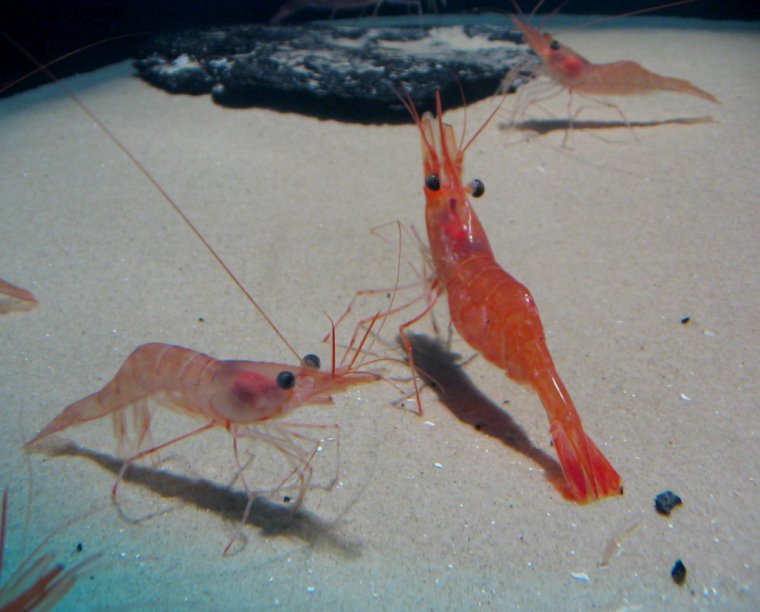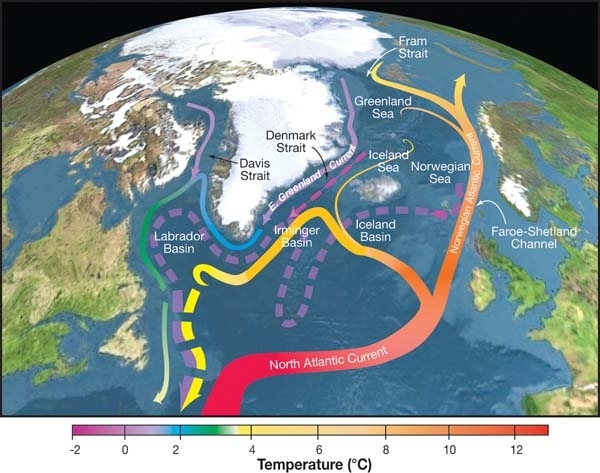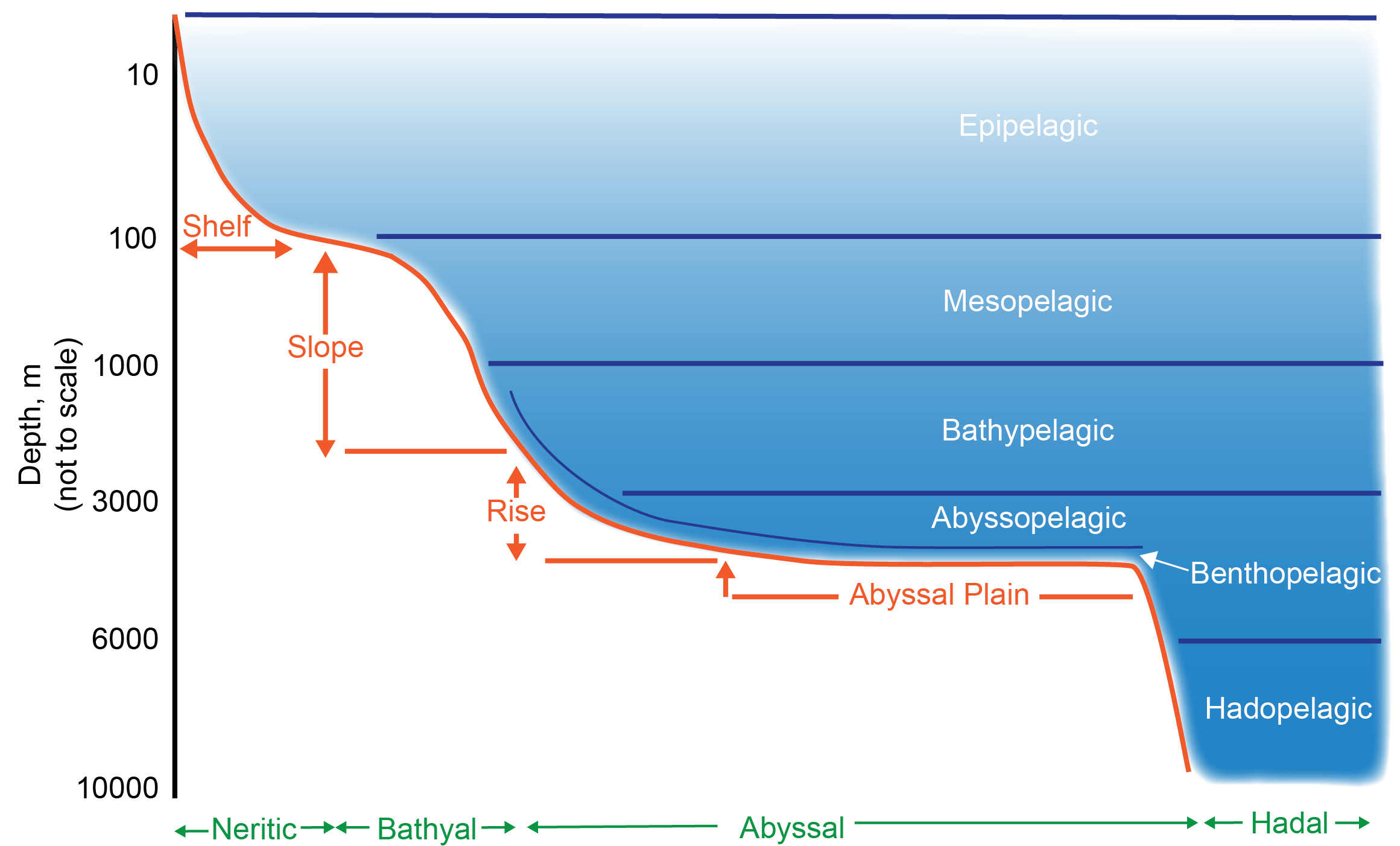|
Abyss Box
The Abyss Box is a vessel containing of water at the very high pressure of 18 megapascals to simulate the natural underwater environment of bathyal fauna living at about below the surface. It is on display at Oceanopolis aquarium in Brest, France. It was designed by French researcher Bruce Shillito from Pierre and Marie Curie University in Paris.Jennifer Welsh, Deep Sea Life On View in 'Abyss Box'NBC News, 2/21/2012 All the equipment maintaining the extreme pressure inside the Abyss Box weighs . The device keeps deep-dwelling creatures alive so they can be studied, especially regarding their adaptability to warmer ocean temperatures. Currently the Abyss Box houses only common species of deep sea creatures including a deep sea crab, '' Bythograea thermydron'' and a deep sea prawn, ''Pandalus borealis'', which are some of the hardier species with a higher survival rate in depressurized environments. The fauna on display were collected by '' Victor 6000'', a specialised remotely o ... [...More Info...] [...Related Items...] OR: [Wikipedia] [Google] [Baidu] |
Pandalus Borealis
''Pandalus borealis'' is a species of caridean shrimp found in cold parts of the northern Atlantic and northern Pacific Oceans, although the latter population now often is regarded as a separate species, ''P. eous''. The Food and Agriculture Organization refers to them as the northern prawn. Other common names include pink shrimp, deepwater prawn, deep-sea prawn, Nordic shrimp, great northern prawn, northern shrimp, coldwater prawn and Maine shrimp. Distribution ''Pandalus borealis'' usually lives on a soft muddy bottoms at depths of , in waters with a temperature of , although it has been recorded from and . ''P. borealis'' thrives in waters where the salinity ranges between 32 and 35 ppt, depending on where the shrimp are at in their life cycle. The distribution of the North Atlantic nominate subspecies ''P. b. borealis'' ranges from New England in the United States, Canada's eastern seaboard (off Newfoundland and Labrador and eastern Baffin Island in Nunavut), southern and ea ... [...More Info...] [...Related Items...] OR: [Wikipedia] [Google] [Baidu] |
Oceanography
Oceanography (), also known as oceanology and ocean science, is the scientific study of the oceans. It is an Earth science, which covers a wide range of topics, including ecosystem dynamics; ocean currents, Wind wave, waves, and geophysical fluid dynamics; plate tectonics and the geology of the sea floor; and fluxes of various chemical substances and physical properties within the ocean and across its boundaries. These diverse topics reflect multiple disciplines that oceanographers utilize to glean further knowledge of the world ocean, including astronomy, biology, chemistry, climatology, geography, geology, hydrology, meteorology and physics. Paleoceanography studies the history of the oceans in the geologic past. An oceanographer is a person who studies many matters concerned with oceans, including marine geology, physics, chemistry and biology. History Early history Humans first acquired knowledge of the waves and currents of the seas and oceans in pre-historic times. Obser ... [...More Info...] [...Related Items...] OR: [Wikipedia] [Google] [Baidu] |
Effects Of Climate Change
The effects of climate change impact the physical environment, ecosystems and human societies. The environmental effects of climate change are broad and far-reaching. They affect the water cycle, oceans, sea and land ice ( glaciers), sea level, as well as weather and climate extreme events. The changes in climate are not uniform across the Earth. In particular, most land areas have warmed faster than most ocean areas, and the Arctic is warming faster than most other regions. The regional changes vary: at high latitudes it is the average temperature that is increasing, while for the oceans and tropics it is in particular the rainfall and the water cycle where changes are observed. The magnitude of future impacts of climate change can be reduced by climate change mitigation and adaptation. Climate change has degraded land by raising temperatures, drying soils and increasing wildfire risk. Recent warming has strongly affected natural biological systems. Species worldwide ... [...More Info...] [...Related Items...] OR: [Wikipedia] [Google] [Baidu] |
Climate Change And The Environment
Climate is the long-term weather pattern in an area, typically averaged over 30 years. More rigorously, it is the mean and variability of meteorological variables over a time spanning from months to millions of years. Some of the meteorological variables that are commonly measured are temperature, humidity, atmospheric pressure, wind, and precipitation. In a broader sense, climate is the state of the components of the climate system, including the atmosphere, hydrosphere, cryosphere, lithosphere and biosphere and the interactions between them. The climate of a location is affected by its latitude/longitude, terrain, altitude, land use and nearby water bodies and their currents. Climates can be classified according to the average and typical variables, most commonly temperature and precipitation. The most widely used classification scheme was the Köppen climate classification. The Thornthwaite system, in use since 1948, incorporates evapotranspiration along with temperature an ... [...More Info...] [...Related Items...] OR: [Wikipedia] [Google] [Baidu] |
Shutdown Of Thermohaline Circulation
The Atlantic meridional overturning circulation (AMOC) is part of a global thermohaline circulation in the oceans and is the zonally integrated component of surface and deep currents in the Atlantic Ocean. It is characterized by a northward flow of warm, salty water in the upper layers of the Atlantic, and a southward flow of colder, deep waters. These "limbs" are linked by regions of overturning in the Nordic and Labrador Seas and the Southern Ocean, although the extent of overturning in the Labrador Sea is disputed. The AMOC is an important component of the Earth's climate system, and is a result of both atmospheric and thermohaline drivers. Climate change has the potential to weaken the AMOC through increases in ocean heat content and elevated freshwater flows from the melting ice sheets. Oceanographic reconstructions generally suggest that the AMOC is already weaker than it was before the Industrial Revolution, although there is a robust debate over the role of climate cha ... [...More Info...] [...Related Items...] OR: [Wikipedia] [Google] [Baidu] |
The Blue Planet
''The Blue Planet'' is a British nature documentary series created and produced by the BBC. It premiered on 12 September 2001 in the United Kingdom. It is narrated by David Attenborough. Described as "the first ever comprehensive series on the natural history of the world's oceans", each of the eight 50-minute episodes examines a different aspect of marine life. The underwater photography included creatures and behaviour that had previously never been filmed. The series won a number of Emmy and BAFTA TV awards for its music and cinematography. The executive producer was Alastair Fothergill and the music was composed by George Fenton. Attenborough narrated this series before presenting the next in his 'Life' series of programmes, '' The Life of Mammals'' (2002), and the same production team created '' Planet Earth'' (2006). A sequel series, ''Blue Planet II'' was aired on BBC One in 2017. Background The series took almost five years to make, involving nearly 200 filmi ... [...More Info...] [...Related Items...] OR: [Wikipedia] [Google] [Baidu] |
Submarine Landslide
Submarine landslides are marine landslides that transport sediment across the continental shelf and into the deep ocean. A submarine landslide is initiated when the downwards driving stress (gravity and other factors) exceeds the resisting stress of the seafloor slope material, causing movements along one or more concave to planar rupture surfaces. Submarine landslides take place in a variety of different settings, including planes as low as 1°, and can cause significant damage to both life and property. Recent advances have been made in understanding the nature and processes of submarine landslides through the use of sidescan sonar and other seafloor mapping technology.Hampton, M & Locat, J (1996) Submarine landslides. Reviews of Geophysics, 34, 33–59.Locat, J & Lee, HJ (2002) Submarine landslides: Advances and challenges. Canadian Geotechnical Journal, 39, 193.Mason, D, Habitz, C, Wynn, R, Pederson, G & Lovholt, F (2006) Submarine landslides: processes, triggers and haza ... [...More Info...] [...Related Items...] OR: [Wikipedia] [Google] [Baidu] |
Deep Ocean Water
Deep ocean water (DOW) is the name for cold, salty water found deep below the surface of Earth's oceans. Ocean water differs in temperature and salinity. Warm surface water is generally saltier than the cooler deep or polar waters; in polar regions, the upper layers of ocean water are cold and fresh. Deep ocean water makes up about 90% of the volume of the oceans. Deep ocean water has a very uniform temperature, around 0-3°C, and a salinity of about 3.5% or, as oceanographers state, 35 ppt (parts per thousand). In specialized locations such as the Natural Energy Laboratory of Hawaii (NELHA) ocean water is pumped to the surface from approximately 900 metres (2,952 feet) deep for applications in research, commercial and pre-commercial activities. DOW is typically used to describe ocean water at sub-thermal depths sufficient to provide a measurable difference in water temperature. When deep ocean water is brought to the surface, it can be used for a variety of things. Its most us ... [...More Info...] [...Related Items...] OR: [Wikipedia] [Google] [Baidu] |
Deep Sea Creature
The term deep sea creature refers to animals that live below the photic zone of the ocean. These creatures must survive in extremely harsh conditions, such as hundreds of bars of pressure, small amounts of oxygen, very little food, no sunlight, and constant, extreme cold. Most creatures have to depend on food floating down from above. These creatures live in very demanding environments, such as the abyssal or hadal zones, which, being thousands of meters below the surface, are almost completely devoid of light. The water is between 3 and 10 degrees Celsius and has low oxygen levels. Due to the depth, the pressure is between 20 and 1,000 bar. Creatures that live hundreds or even thousands of meters deep in the ocean have adapted to the high pressure, lack of light, and other factors. Evolutionary adaptations of deep-sea creatures Lack of light The lack of light requires creatures to have special adaptations to find food, avoid predators, and find mates by creating their own ... [...More Info...] [...Related Items...] OR: [Wikipedia] [Google] [Baidu] |
Deep Sea
The deep sea is broadly defined as the ocean depth where light begins to fade, at an approximate depth of 200 metres (656 feet) or the point of transition from continental shelves to continental slopes. Conditions within the deep sea are a combination of low temperatures, darkness and high pressure The deep sea is considered the least explored Earth biome, with the extreme conditions making the environment difficult to access and explore. Organisms living within the deep sea have a variety of adaptations to survive in these conditions. Organisms can survive in the deep sea through a number of feeding methods including scavenging, predation and filtration, with a number of organisms surviving by feeding on marine snow. Marine snow is organic material that has fallen from upper waters into the deep sea. In 1960, the bathyscaphe '' Trieste'' descended to the bottom of the Mariana Trench near Guam, at , the deepest known spot in any ocean. If Mount Everest () were submerged there, ... [...More Info...] [...Related Items...] OR: [Wikipedia] [Google] [Baidu] |
Abyssal Plain
An abyssal plain is an underwater plain on the deep ocean floor, usually found at depths between and . Lying generally between the foot of a continental rise and a mid-ocean ridge, abyssal plains cover more than 50% of the Earth's surface. They are among the flattest, smoothest, and least explored regions on Earth. Abyssal plains are key geologic elements of oceanic basins (the other elements being an elevated mid-ocean ridge and flanking abyssal hills). The creation of the abyssal plain is the result of the spreading of the seafloor (plate tectonics) and the melting of the lower oceanic crust. Magma rises from above the asthenosphere (a layer of the upper mantle), and as this basaltic material reaches the surface at mid-ocean ridges, it forms new oceanic crust, which is constantly pulled sideways by spreading of the seafloor. Abyssal plains result from the blanketing of an originally uneven surface of oceanic crust by fine-grained sediments, mainly clay and silt. Much of ... [...More Info...] [...Related Items...] OR: [Wikipedia] [Google] [Baidu] |






